LATVIJA.FM
The Story of the Latvian National Opera House
Standing gracefully along the Riga Canal, the Latvian National Opera House is more than a building — it is a living testament to the spirit, creativity, and endurance of a nation. From its grand beginnings in the 19th century to its trials through wars and occupations, and finally its triumphant resurgence after independence, the Opera House reflects Latvia’s own journey. As much a cradle of national culture as a showcase of global artistry, its stage has borne the voices and dreams of generations. Let us step behind its neoclassical façade and explore the saga that beats within its marble halls.
A Dream Takes Shape: The Birth of a Cultural Icon
In the mid-19th century, Riga’s rapid growth demanded a center for arts and culture that could match its ambition. German architect Ludwig Bohnstedt’s vision won a public competition, and in 1863 the building opened as the Riga City Theater. With its elegant neoclassical design, grand pillars, and opulent interiors, it quickly became the heartbeat of the city's musical and theatrical life. Though built initially for the city’s Baltic German elite, its destiny would evolve to serve a much broader and deeper national significance.
A Nation Awakens: The Opera House for the Latvians
As the Latvian national awakening gathered strength at the turn of the century, the need for Latvian-language theater and opera grew louder. By 1918, following Latvia’s declaration of independence, the building was repurposed for the newly established Latvian National Opera. It symbolized a profound shift — from a provincial theater of empire to a proud cultural citadel where Latvian voices, stories, and music took center stage. Composers like Jāzeps Vītols and Alfrēds Kalniņš found a home here, nurturing a generation of national artists.
Fires and Wars: A Symbol Tested by History
The Opera House’s journey has not been without scars. In 1882, a devastating fire gutted the interior, requiring a full reconstruction. It rose again, more splendid than before. Later, through the turmoil of World War I, the Soviet occupation, and Nazi control, the building changed hands and purposes. It endured bombings, ideological censorship, and periods of neglect, yet it never surrendered its spirit. Throughout these dark years, it remained a place where music, even in whispers, defied silence.
The Renaissance of a National Treasure
With the restoration of Latvian independence in 1991 came a renewed commitment to restoring the Opera House to its former glory. A meticulous reconstruction project throughout the 1990s preserved the building’s 19th-century elegance while modernizing its acoustics and facilities to world-class standards. In 1995, the Latvian National Opera reopened with a triumphant performance of Wagner’s The Flying Dutchman — a nod to the Opera’s historical roots and its future aspirations.
A Living Stage for Latvia and the World
Today, the Latvian National Opera and Ballet is a dynamic institution, staging more than 200 performances a year. From grand classics to bold new works, it continues to nurture Latvian talent while attracting world-renowned guest artists. The annual Riga Opera Festival draws audiences from across Europe, celebrating both the heritage and innovation of Latvian performing arts. For every visitor who steps through its majestic doors, the Opera House offers not just entertainment, but an invitation into the soul of a nation.
Beyond the Stage: A Place of Memory and Aspiration
The story of the Latvian National Opera House is woven into the very fabric of Latvia’s identity. It is a place where architecture, history, and human aspiration converge; where tragedy gave way to renewal, and silence was turned back into song. As the chandeliers glitter and the curtain rises night after night, the Opera House stands as an eternal witness — to Latvia’s past, to its perseverance, and to the unyielding power of dreams given voice.
